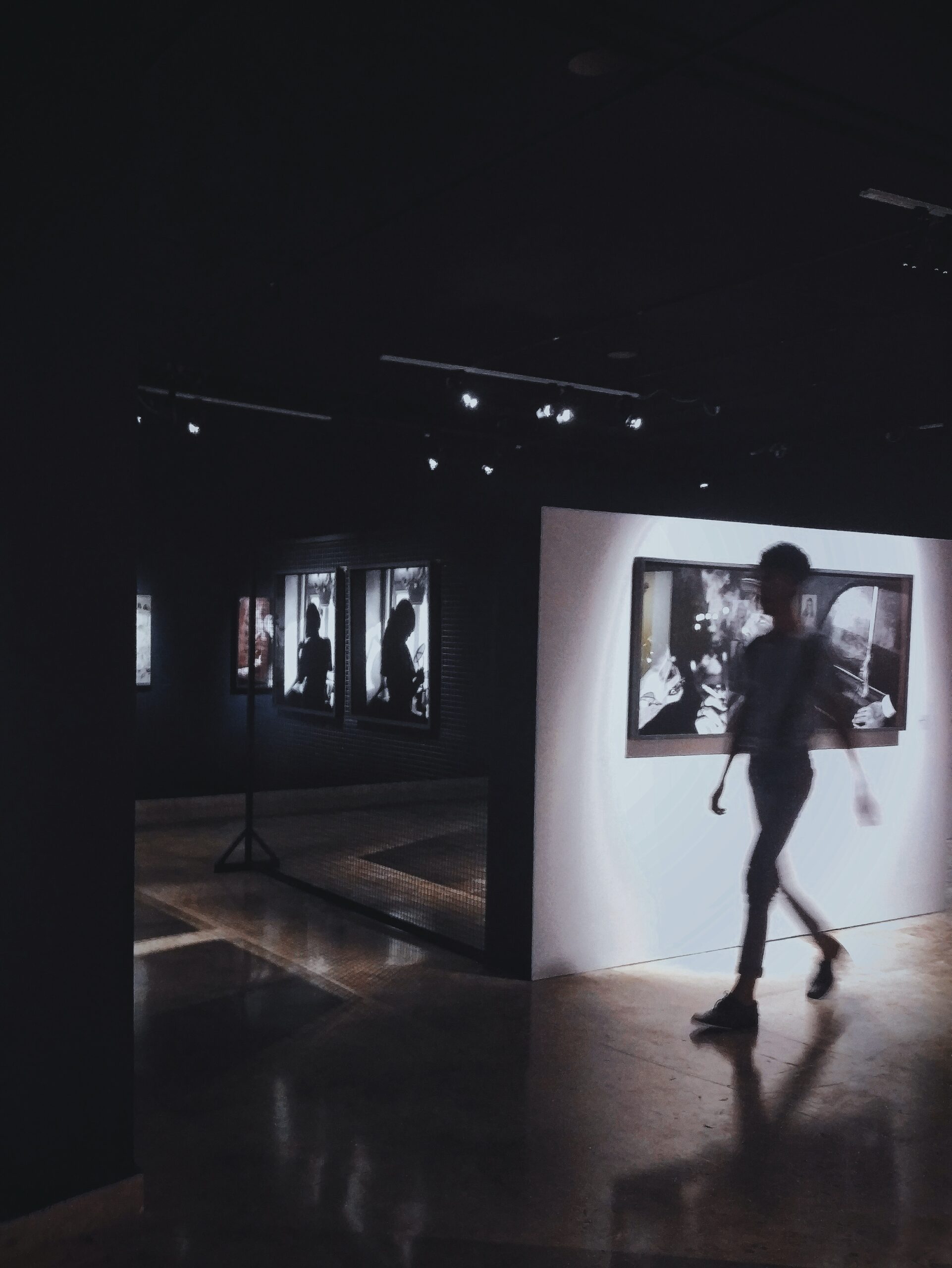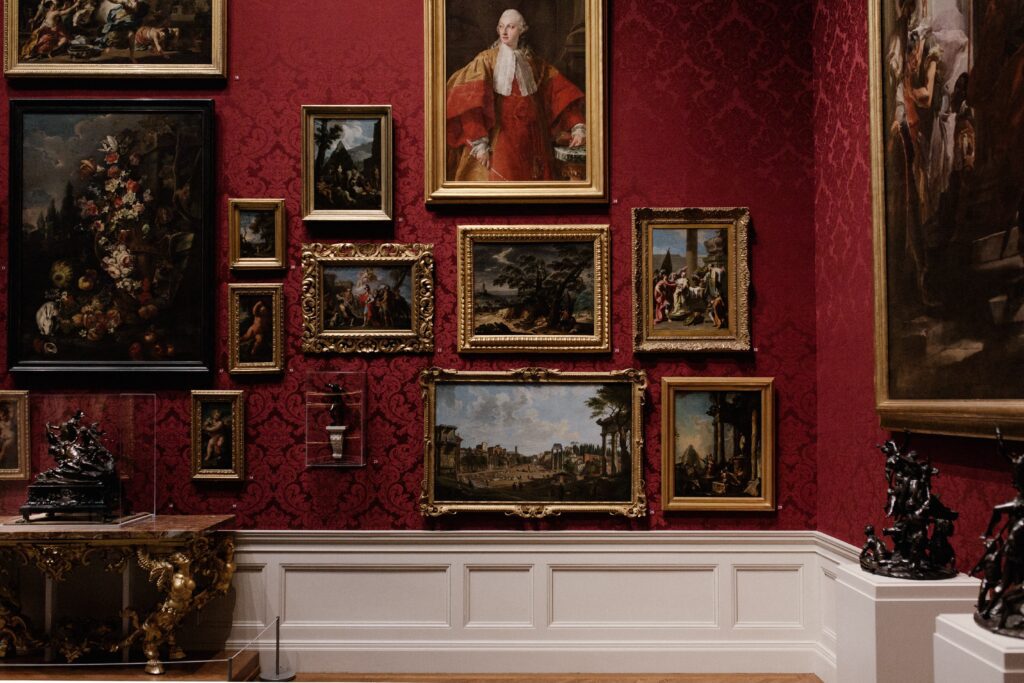
Are Heists Still a Thing? The Looming Industry of Art Theft
Whenever the term art heists or art theft comes into mind, we’d usually associate it with complex plans, glamorous disguises, and elaborate escape routes. A part of it is true, but most people don’t know a part of it: it happens more frequently than you think, and most of it does not happen in museums or galleries.
Fifty-two percent of stolen artworks are taken from the homes of private collectors, while another 8 percent are from places of worship like churches, temples, and the like. What’s even more depressing is that the chances of these stolen items returning to their country of origin only amount to 5 percent.
The Alarming Frequency of Art Theft Across the World
Every year, around 50,000 to 100,000 art pieces go missing, and in the United Kingdom alone, 40 percent of art theft occurs closely, followed by the United States with 19 percent. With such a high number, it was only a matter of time before the USA and United Kingdom established their respective “Art Crime Team.”
Since their founding in 2004, the FBI’s specialized Art Crime Team has recovered over 2,600 items that amount to over $150 million, but all this is just a fraction of what’s lost across the globe over time. The team comprises 16 special agents, while their UK counterpart has two full-time agents and one part-time agent.
Art Forgery and the Role It Plays on Art Heists
To fool people into obtaining authentic items, the art of forgery comes into play, and throughout history, several forgers have left their legacy.
The Italian painter and sculptor Michelangelo was also a known forger who sold antiquities he aged artificially and secretly exchanged them for the originals to support himself. The American painter Mark Landis has repeatedly “donated” numerous artworks to appease his need for attention and validation that stemmed from suffering schizophrenia. Diagnosed at 17, he tricked more than 45 museums for 20 years, earning him the title of one of the most prolific forgers of art.
Art forgery also reaps a sour reward for some, like the British Greenhalgh family. They now live in poverty despite replicating forgeries for more than 20 years worth millions. The family was eventually arrested and sentenced to serve three years behind bars by Scotland Yard.

What Are the 10 Biggest Art Heists in History?
Just because most art heists do not happen on a grand scale does not mean it had its fair share of infamous instances. That being said, here are 10 of the biggest art heists recorded in history.
The Seizure of Triptych of The Last Judgment by Hans Memling at Sea
The earliest recorded act of art theft in history was committed by Polish pirates back in 1473 when they stole the Dutch painter’s work while it was bound on a ship to Florence as a commission for Angelo Tani. He is an agent for the Medici at Bruges. The Last Judgment sits at the National Museum in Gdańsk in Poland.
The Taking of the Mona Lisa by Leonardo Da Vinci
Vincenzo Perrugia was an Italian immigrant who worked in the Louvre museum and walked off with one of the most treasured paintings in history: the famed Mona Lisa by Leonardo Da Vinci. In 1911, Perrugia hid in the cupboard overnight and took the painting from its display where he hid it in his frock, then walked out unnoticed; even more surprising is that they only found that the painting was missing. The following day!
Peruggia struggled to sell the piece. When he contacted an art dealer named Alfred Geri 2 years later in Florence to authenticate the item, it led to his arrest and imprisonment.
The Return of a National Treasure to Its Rightful Heir
The restitution of Gustav Klimt’s painting, Adele Bloch-Bauer, to Maria Altman was one of the few success stories of items lost during World War 2. Bloch-Bauer was a well-known art enthusiast and socialite back in the 1900s, and her portrait was left in the country according to Altman’s aunt’s will despite the Nazis’ possession of it.
Altman challenged the Austrian government back in 2004 to return the painting. Thankfully, it worked in her favor since it was revealed upon further investigation that the painting was part of her late uncle’s estate that his living heirs would inherit. Altman reclaimed the piece, which she brought to America and sold for $135 million in 2006, where it’s displayed at the Neue Galerie in NYC.
The Heist of the National Museum of Anthropology in Mexico
Mexico has one of the wealthiest and most colorful cultures globally, so it’s no wonder all their artifacts are treated with the utmost care. During Christmas Eve of 1985, Carlos Perches Trevino and Ramon Sardina Garcia broke into the National Museum of Anthropology. They stole over 120 pieces of well-known artifacts, many of those from the Mayan and Aztec cultures. Most of the pieces were priceless, but one particular vase was worth $20 million. Fortunately, most of the stolen artifacts were recovered after the two men attempted to sell some of the items on the black market.
The Failed Art Theft at the New York Warehouse in 1986
It’s a well-known fact among collectors and curators that artifacts have a high insurance policy. London art dealer Houshang Mahboubian and Manhattan antique dealer Nedjatollah Sakhai planned to obtain after staging a robbery from themselves through a third party in 1986. The two men intended to collect the $18 million insurance after claiming they’d been duped into buying a forged artwork. Still, the plan never came into fruition since the local authorities were tipped off of the would-be burglars at a warehouse in Queens. In 1987, the court convicted Mahboubian and Sakhai of conspiracy, burglary, and attempted grand larceny.
The Unresolved Theft at Boston’s Isabella Stewart Gardner Museum in 1990
But not all art heists get a happy ending since, to this day, the robbery that took place at Boston’s Isabella Stewart Gardner Museum in back 1990 remains unsolved. Two men who impersonated museum security gained access to over $500 million worth of goods which include the works of Manet, Vermeer, and Degas. Recent investigations have identified the two men who committed the crime, but the only problem is that both of them are deceased, which left the case hanging open. The museum continues to offer a $5million reward to those who could recover the stolen art.
The 1994 Winter Olympic Art Theft at the National Gallery of Oslo
The work of Norwegian painter Edvard Munch’s The Scream also suffered numerous robberies in the past. The most famous of which took place in 1994 at the National Gallery of Oslo during the opening day of the Winter Olympics.
It only took 50 seconds for two men to break into the gallery and steal the painting. The museum received a ransom request of $1 million with no leads, which they refused. British detectives then stepped in as undercover art buyers, and lucky for them, the thieves took the bait where they were taken in at a small coastal town in Oslo.
The Art Theft Hoax by Cooperman in California
Another personality who tried to weasel the insurance money from his artwork is the ophthalmologist, Steven G. Cooperman. In July 1997, Cooperman tried to cash in over $17 million in insurance after staging the robbery of 2 of the paintings he owned made by Picasso and Monet. Still, it didn’t take long for the authorities to discover the truth that led him to be charged with insurance fraud. Cooperman spent three years behind bars.
The Taking of Henry Moore Foundation’s Reclining Figure
Another successful art heist took place in an open space in Hertfordshire, England, when the Henry Moore Foundation lost a bronze outdoor sculpture called the Reclining Figure valued at £3 million. Art thieves managed to haul the sculpture that weighed 2 tons, even more impressive. Sadly, the case ended since local authorities discovered that the piece was melted and sold as scrap metal for a mere £1,500.
The Shocking Heist at E.G. Bührle Collection Heist in Zurich, Switzerland
In 2008, 3 men waltzed into the, E.G., Bührle Collection in Zurich, Switzerland, and walked out with four prized pieces from Van Gogh, Monet, Cézanne, and Degas under the inattentive eyes of the museum’s security. These four pieces were worth a staggering $163 million and were displayed in the same room, but fortunately for the museum, they could return all four pieces on different occasions from 2008 to 2012.